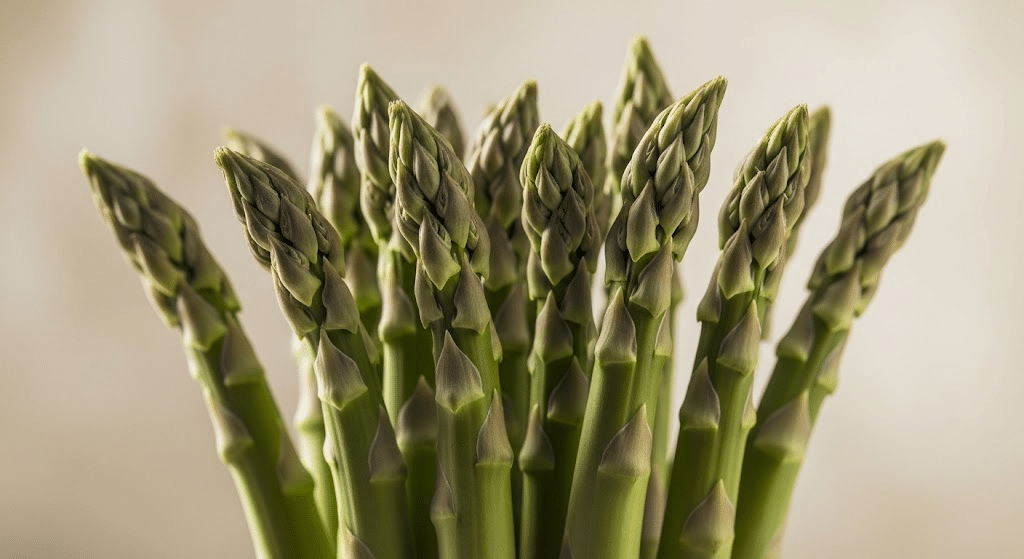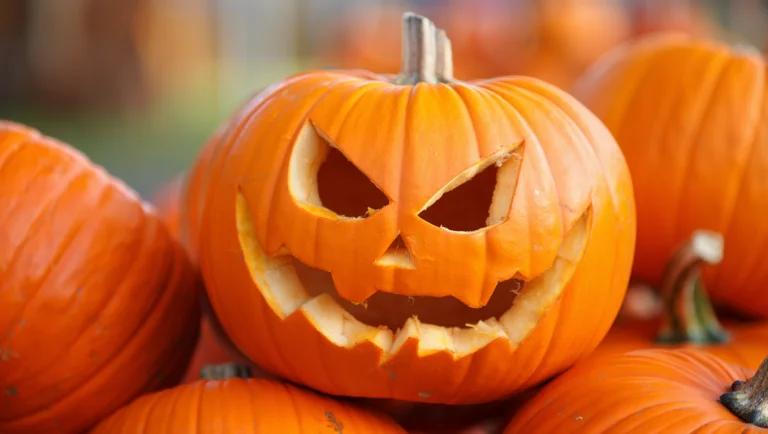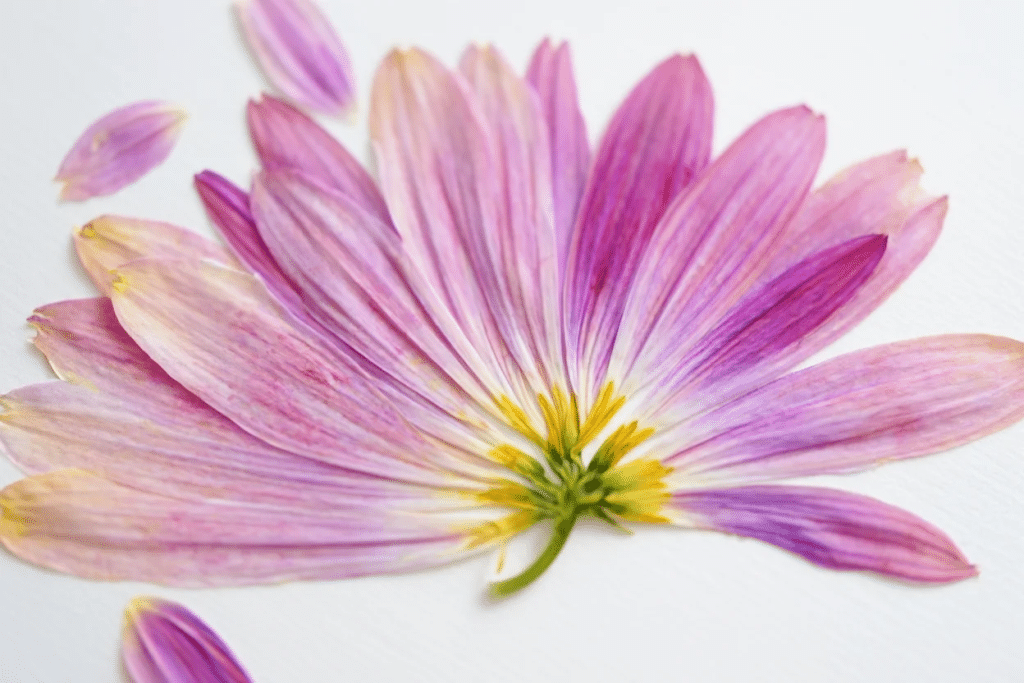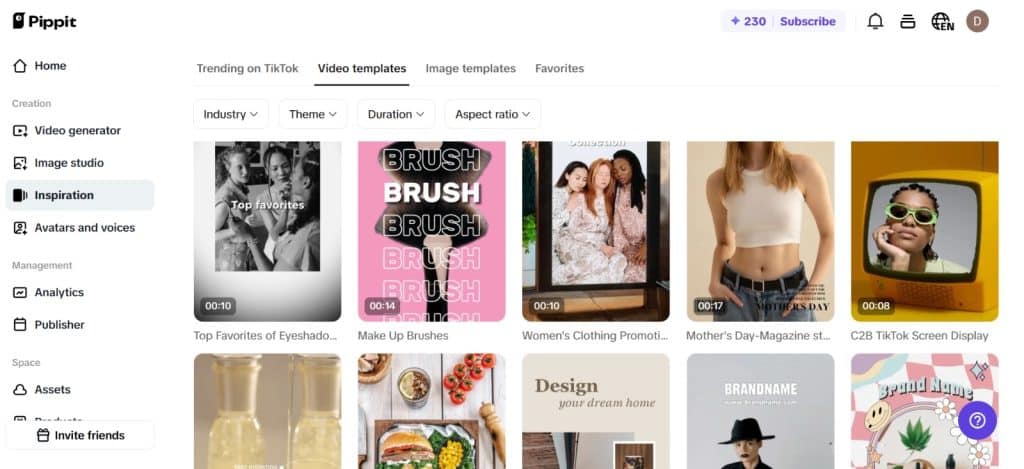Getting the asparagus harvest timing wrong can ruin your entire crop. I’ve seen too many gardeners pick their spears too early or too late, and it affects both taste and future yields.
The difference between perfect, tender asparagus and tough, bitter stalks often comes down to just a few days.
I’m going to show you exactly when and how to harvest asparagus for the best flavor and maximum yield. I’ll share tips that keep your plants producing for years to come.
In this post, you’ll learn the key signs that tell you asparagus is ready, the proper cutting techniques, and how timing affects your plant’s long-term health.
Identifying the Perfect Harvest Window
I watch for asparagus spears to emerge when the soil temperature consistently reaches 50°F. This typically occurs in early spring, although the timing varies by location. Here are the visual signs to look for: spears should be 6-8 inches tall with tight, compact tips.
If the tips start opening up like tiny trees, I’ve waited too long. The spears will be tough and stringy.
Thickness matters too; harvest spears that are at least pencil-thick, about ¼ inch in diameter. Thinner spears need more time to develop. Thicker ones, around ½ inch are perfect.
Climate affects timing significantly. In warmer zones like 8-9, start harvesting in February or March. But in colder areas like zones 3-4, wait until April or May. I’ve learned to watch soil temperature, not calendar dates.
Tools Required Before You Harvest
I keep my harvesting tools simple but effective. The right equipment protects both the spears and the crown from damage.
| Tool/Item | My Recommendation | Why I Use It |
|---|---|---|
| Cutting Tool | Sharp kitchen knife or asparagus knife | Clean cuts prevent crown damage |
| Blade Care | Rubbing alcohol wipes | Prevents disease spread between plants |
| Collection | Shallow basket or bowl | Keeps spears from breaking |
| Clothing | Long pants and closed shoes | Protects from soil and sharp tools |
| Gloves | Optional garden gloves | Prevents cuts and keeps hands clean |
Step-by-Step to Harvest Asparagus Successfully
Now that you know when to harvest, let me walk you through exactly how to harvest asparagus the right way.
I’ve broken this process into four simple steps that protect your plants and give you the best results.
Step 1: Inspect and Select the Right Spears
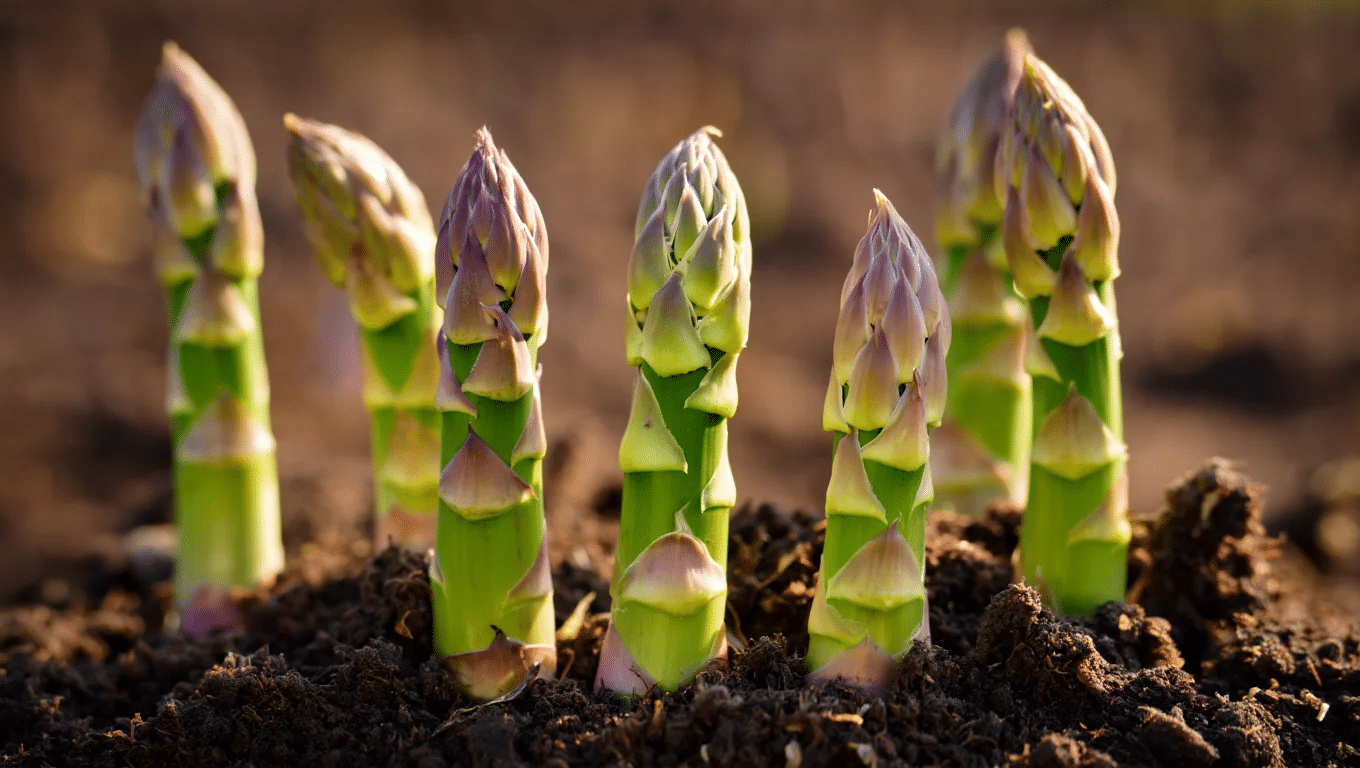
I walk through my asparagus bed every morning during harvest season. Look for spears that are 6-8 inches tall with tight, closed tips. If tips are starting to open or look feathery, skip those spears.
Also, avoid thin spears under ¼ inch thick; they need more growing time. Only harvest the thick, firm ones.
Step 2: Cut Technique; Angle, Depth, and Height
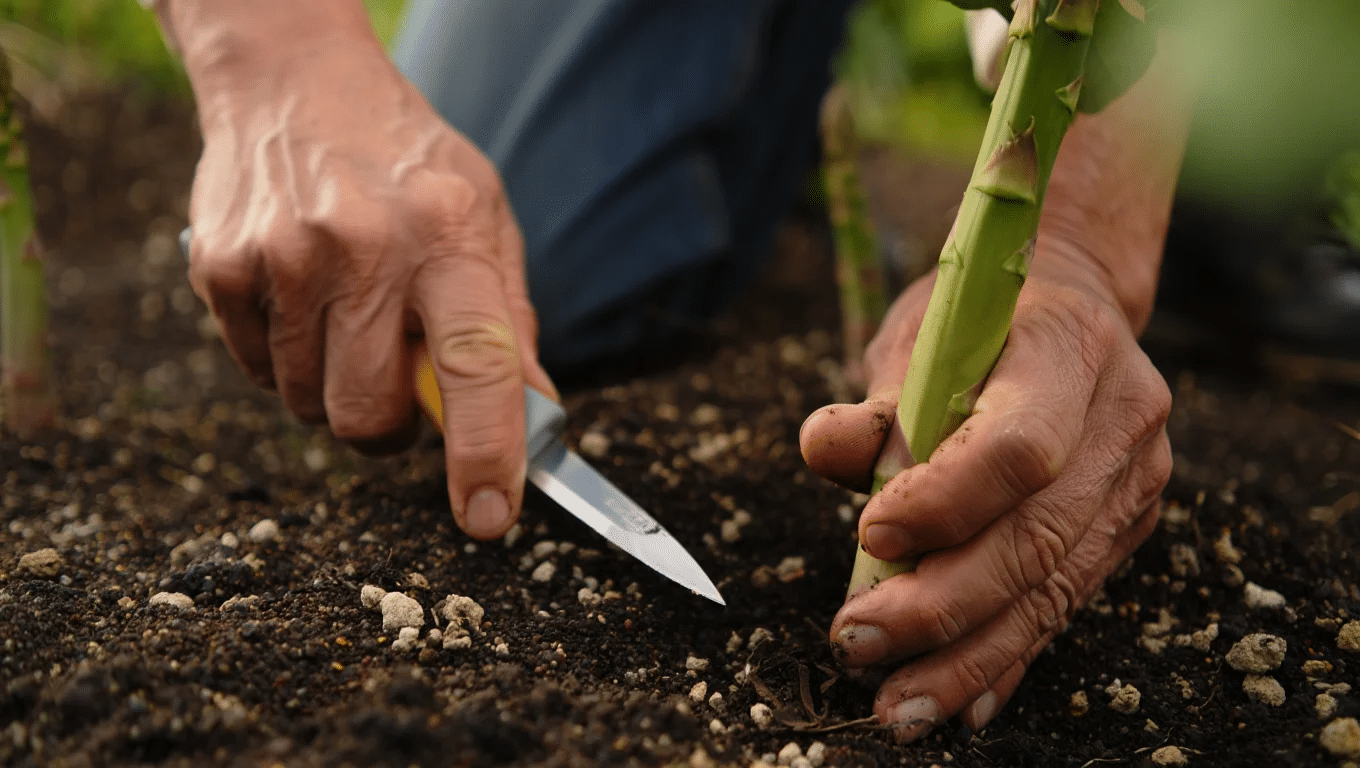
I cut spears at ground level or slightly below using a sharp, clean knife. Make the cut at a 45-degree angle about 1-2 inches below the soil surface. This prevents water from pooling on the cut crown.
Be careful not to damage nearby emerging spears or disturb the root system. One clean cut works best.
Step 3: Frequency and Duration of the Harvest Period
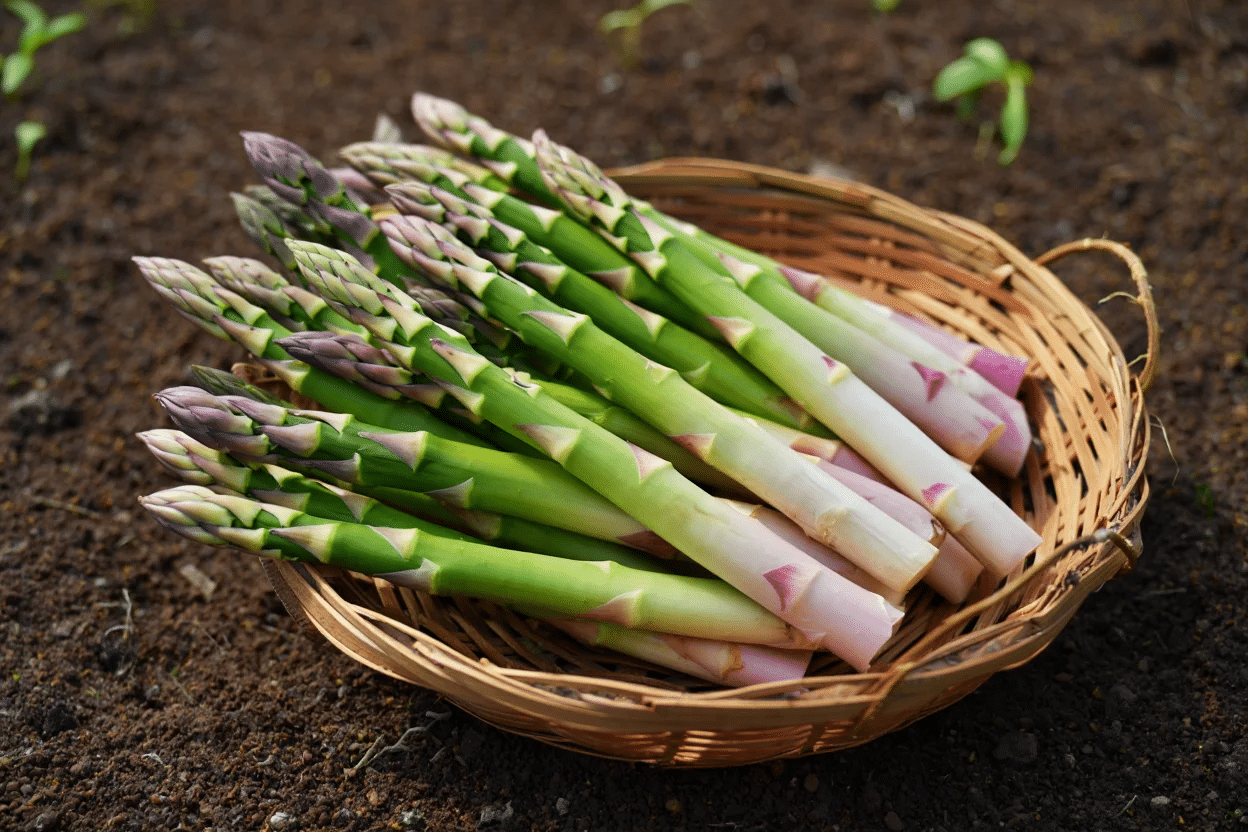
Harvest every day or every other day during peak season. Spears grow incredibly fast in warm weather.
For established beds, harvest for 6-8 weeks in spring. For newer beds (2-3 years old), limit harvesting to 4-6 weeks. This gives plants time to build energy for next year’s crop.
Step 4: Post-Harvest Spear Care and Rinsing
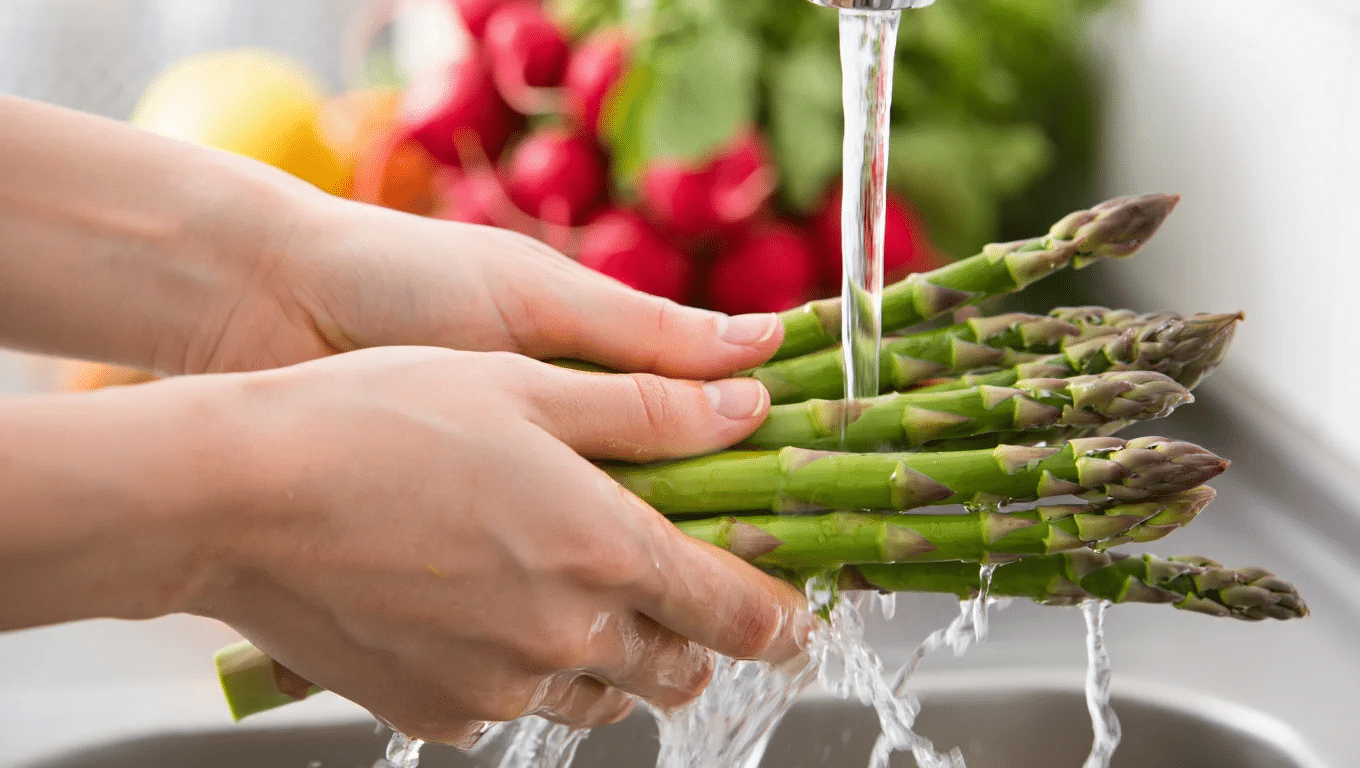
I rinse harvested spears immediately in cool water to remove soil and debris. Gently brush off any dirt with my hands.
Then, store them upright in the refrigerator with cut ends in shallow water, like flowers. This keeps them fresh and crisp for several days. Use them within a week for the best flavor.
Common Harvesting Mistakes to Avoid
I’ve made plenty of mistakes over the years, and want to help you skip the learning curve. Here are the biggest errors I see gardeners make with asparagus harvesting.
1. Harvesting Too Early or Too Late:
I used to get impatient and cut spears when they were only 4-5 inches tall.
Big mistake! These young spears are often hollow and lack flavor. On the flip side, I’ve also waited too long and ended up with tough, woody spears. Now, I stick to the 6-8 inch rule with tight tips.
2. Cutting Below Soil and Damaging Crowns:
This was my costliest error as a beginner. I thought cutting deeper meant getting more spears, so I dug down 3-4 inches, damaged several crowns this way, and lost entire plants.
Now, I cut just at or slightly below soil level. The crown stays safe, and the plant keeps producing.
3. Overharvesting Young or First-Year Plants:
I once harvested from a first-year bed because I was excited about my crop. Those plants never recovered properly.
Young asparagus needs energy to build a strong root system. Wait until year three to harvest normally, and limit second-year harvesting to just 2-3 weeks.
4. Ignoring Spear Health Signs:
I learned to watch for bent, damaged, or discolored spears. These can indicate pest problems or diseases.
Remove those immediately, and don’t eat them. Healthy spears are straight, firm, and bright green. If multiple spears look unhealthy, stop harvesting and investigate the problem.
The Bottom Line
Learning how to harvest asparagus properly isn’t just about getting dinner on the table. It’s about building a sustainable food source for decades.
When you harvest at the right time with the correct techniques, you protect your plants while enjoying the sweetest, most tender spears possible.
I’ve found that patience pays off enormously with asparagus. Those careful harvesting practices I shared will help your beds produce abundant crops for almost two decades or more. So go ahead and enjoy those fresh spears you’ve worked so hard to grow!
Remember, every smart cut you make today sets up your plants for bigger, better harvests next spring. Your future self will thank you for taking the time to do it right.


